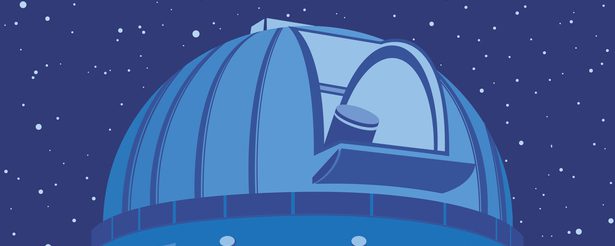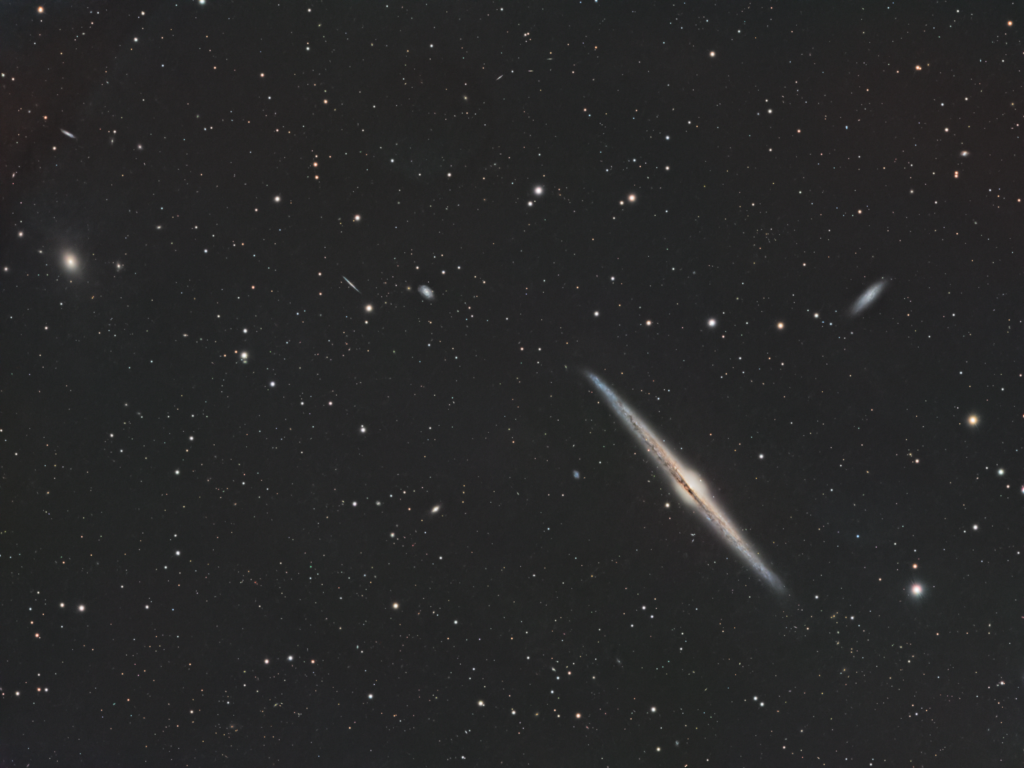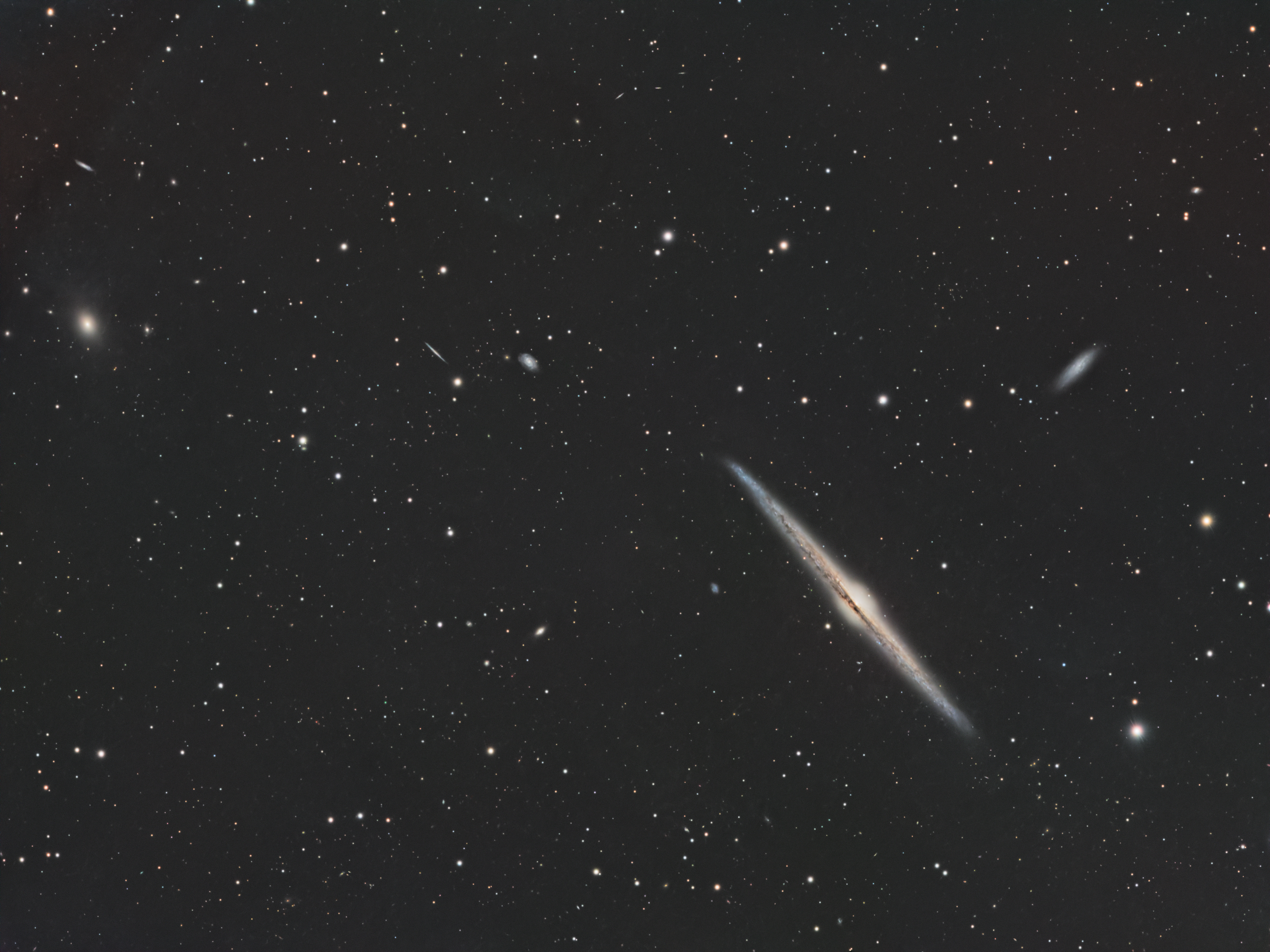
Similar Posts
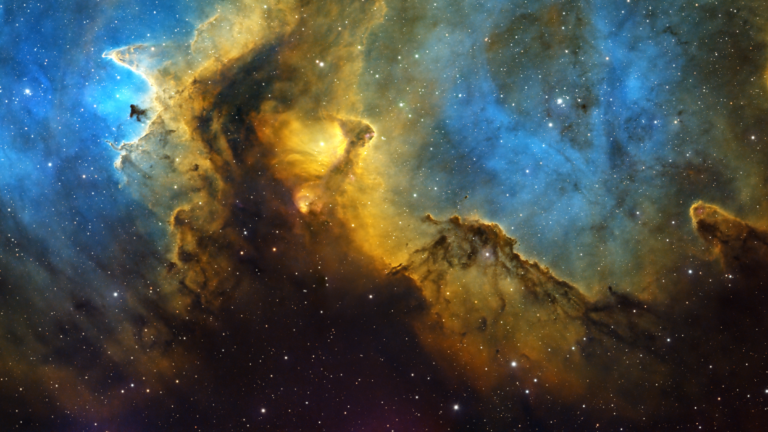
Going big with the Soul Nebula
This is my first attempt at a mosaic… basically stitching together three views of an object that’s normally too large in the sky to fit within the field of view of my telescope. It came out alright! We’ve had a great run of clear nights the past few weeks in Florida, and I’ve invested just…
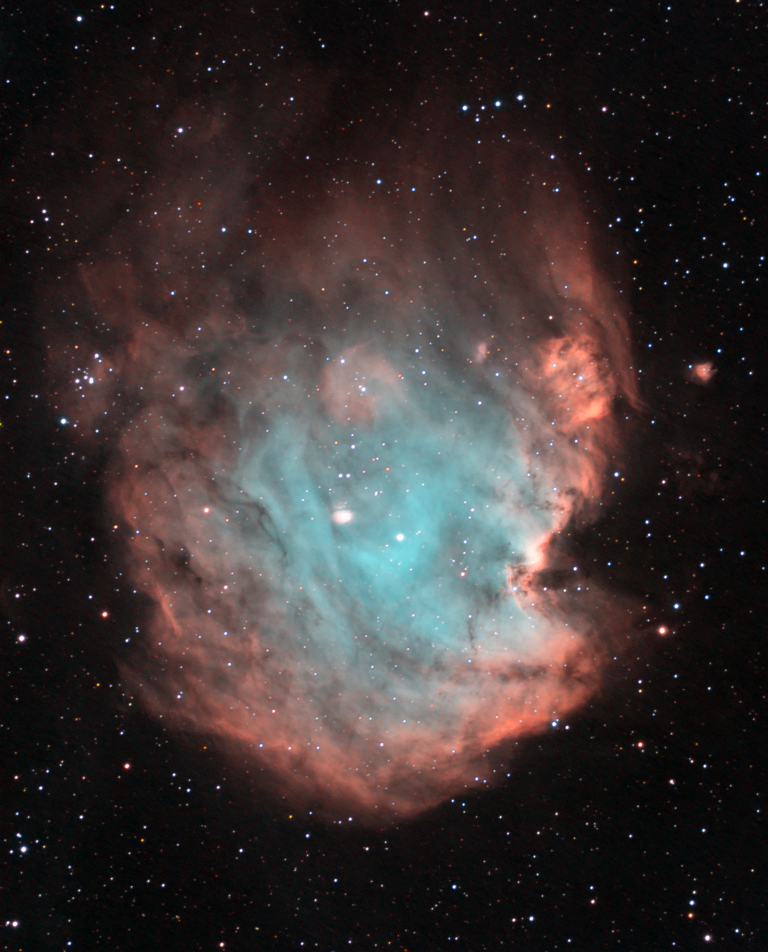
The Monkey Head Nebula
The Monkey Head Nebula is located about 6400 light-years away, in the constellation Orion. It’s a gorgeous cloud of gas surrounding a cluster of young stars. I processed this data a couple of different ways; one using the “Hubble palette” and another using my own color scheme. The colors represent different kinds of ionized gases:…

Brand-new stars in NGC1333
This image really blows my mind – this is the reflection nebula NGC1333 in Perseus. The blue part is reflected gas and dust from the star that’s lighting up – that’s nothing too unusual. But check out the little red blobs above it. Many of those are “Herbig-Haro” objects, formed by jets spewing out from…

The “Bubble Nebula”
Here’s my latest image of the “Bubble Nebula”, one of my favorite objects in our galaxy. That blue “bubble” is a shell of gas pushed out by the stellar wind of the bright star just right of its center. It’s a big star, 10-20 times larger than our sun. Its radiation is also illuminating and…
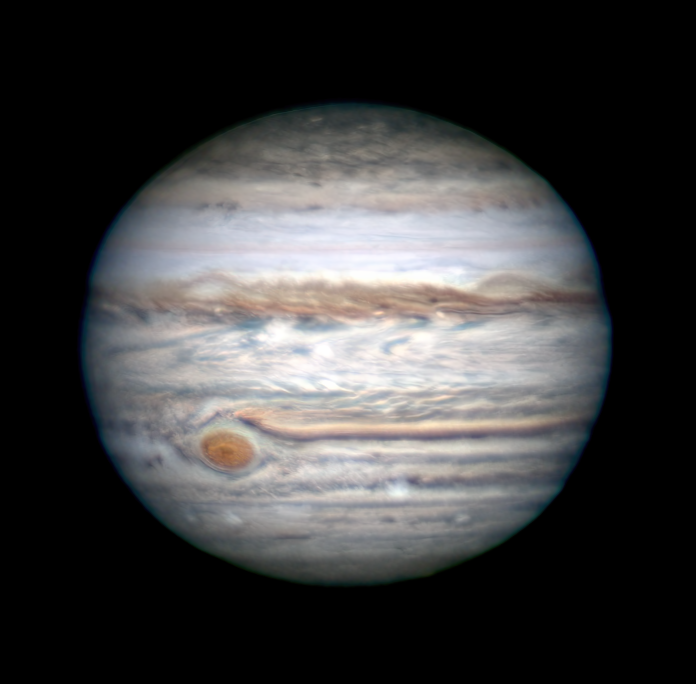
Dusting Off the Planetary Gear
It’s been awhile since I attempted Jupiter and Saturn… years, in fact. But last night was too good to pass up. Jupiter is just past its opposition, and it’s one of its closest approaches to Earth ever. There wasn’t a lot of turbulence in the air late last night, the Great Red Spot was out,…
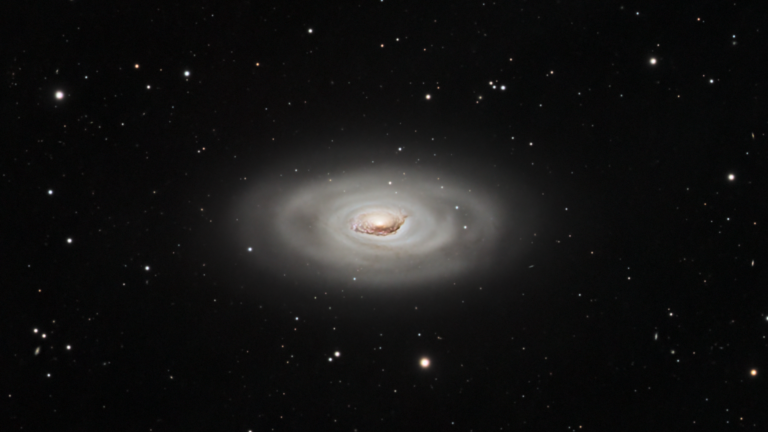
M64, The “Black Eye Galaxy”
Combining 25 hours of data shot over two years, here’s M64. It’s an odd one, with counter-rotating disks that seem to have funneled all that dust in the center there. They think it’s the result of a merger of two galaxies that were spinning in opposite directions. Located about 17 million light-years away, in the…
